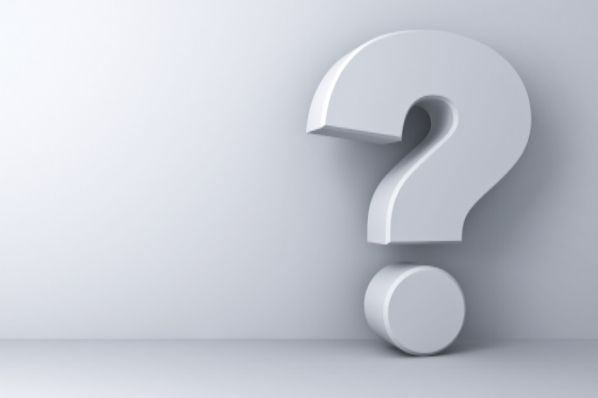There’s a healthy conversation on the left and the right over the importance of women running for public office. Groups like She Should Run, Running Start, and RightNOW are focused on getting more women to run for public office as a way of changing the debate over key policy concerns, as well as advancing opportunities for women.
Many progressives suggest that persistent sexism still plagues women running for office; others argue that women are turned off by the noise of the 24-hour campaign. And for years political science researchers have backed this narrative, suggesting that fewer women run for office because they haven’t been asked, funding streams are controlled by the party elites, and sexism by the media.
More recently, however, the narrative has begun to shift. Researchers like Jennifer Lawless – Professor of Government and Director of the Women and Politics Institute at American University – have begun to show some cracks in this theory, suggesting that while more still needs to be done to encoruage women to run, some gender bias against female candidates may be overstated.
Now this week more academic research out of INSEAD – a business school with campuses in Europe and Asia and alliances with top American universities like Wharton – furthers this notion. In contrast to the idea that women candidates have to be more delicate and lady-like, Maria Gaudalupe and Joe Salvatore demonstrate just the opposite.
Following the first presidential debate in which we saw a man square off against a woman, the researchers began to wonder how attitudes might be different if Trump were a woman and Clinton a man. Could a woman be as aggressive as Donald Trump? Could she make inflammatory comments and use wild gesticulations? And what about a man? How would voters receive the calm, smiling man?
To dig deeper they put together a stage performance — Her Opponent – that was then part of a pre-post survey experiment. Using real actors, in which a woman studied the tone and mannerisms of Trump and a male actor did the same for Hillary Clinton, they literally “swapped” the genders of the two candidates.
The researchers assumed that switching the genders would demonstrate what many of us might expect – that voters would reject Trump’s bombastic style and gesticulations when they came from a woman. But what resulted was fascinating:
“Many were shocked to find that they couldn’t seem to find in Jonathan Gordon [“Hillary Clinton”] what they had admired in Hillary Clinton—or that Brenda King’s [“Donald Trump”] clever tactics seemed to shine in moments where they’d remembered Donald Trump flailing or lashing out. For those Clinton voters trying to make sense of the loss, it was by turns bewildering and instructive, raising as many questions about gender performance and effects of sexism as it answered."
The importance of women running for public office is one that is not going away. And it’s no longer just a topic dominated by speakers and activists on the left. (See IWF’s most recent Modern Feminist portrait of Laura Cox Kaplan.) Not only are voters ready for female lawmakers – they also might be ready for a female Trump!


